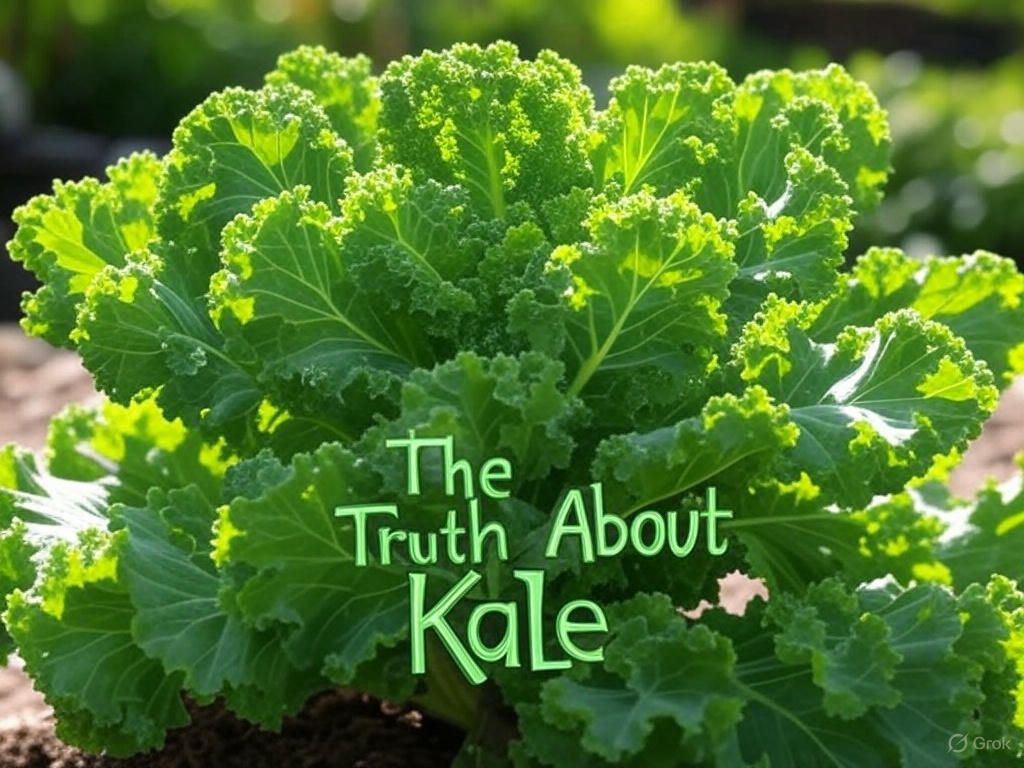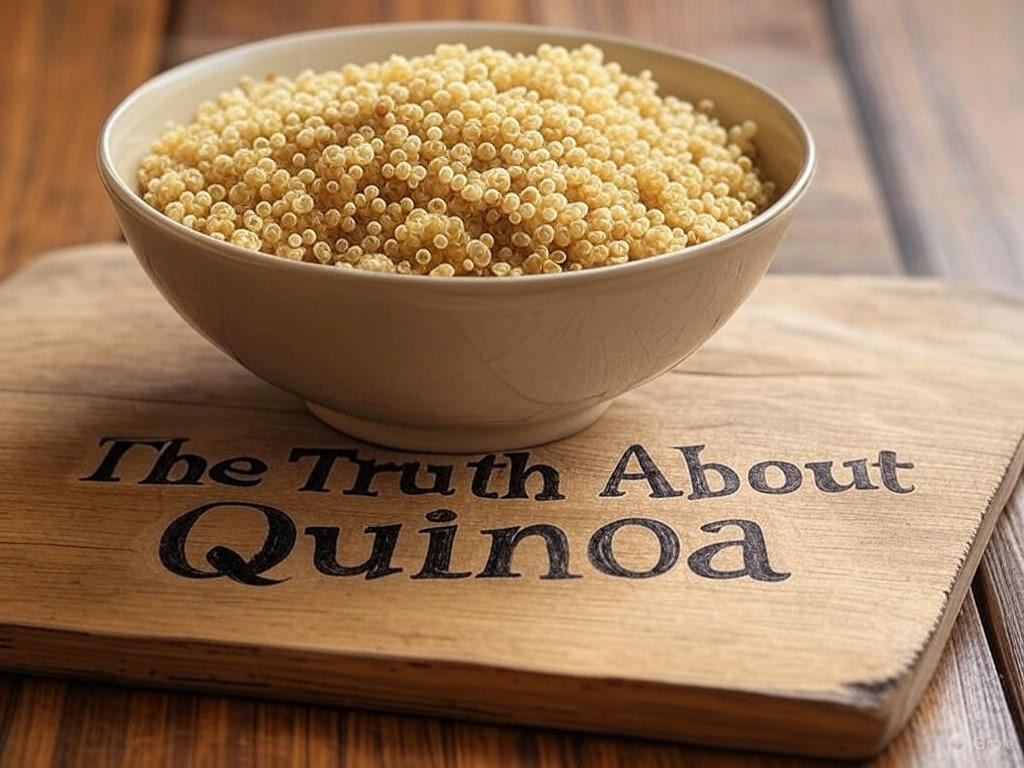Superfoods have stormed the health world, with kale and quinoa frequently at the forefront. But are these nutrient-dense foods really worth all the fuss, or are they simply another fad driven by clever marketing? In this guide, we’ll separate fact from fiction on superfoods, explore the science behind kale and quinoa, and assist you in determining whether they have a place in your diet.
What Are Superfoods?
Superfoods are the foods that are responsible for the most radiance of the nutrients that are so remarkably packed that they cannot be provided in another food product. Chock-full of vitamins, minerals, antioxidants, and other nutrient-dense substances, they ensure goodness like enhanced immunity, a healthy heart, and even protection against diseases. Kale, quinoa, chia seeds, and blueberries generally fill out the honor roll, but the term “superfood” is not scientifically a category—more of an epithet highlighting foods with exceptionally high levels of nutrients.
So why the hype? In a world where processed foods dominate, superfoods offer a natural way to elevate your diet. But here’s the catch: no single food can transform your health overnight. The real question is whether superfoods like kale and quinoa live up to their reputation—and if they’re worth your time and money.
The Truth About Kale

Kale has become the poster child of healthy eating, topping smoothie bowls and salad bars across the land. But why is this leafy green a superfood, and are there any negative aspects to be aware of?
Kale Benefits: A Nutritional Powerhouse
- Vitamin-Rich: One cup of raw kale delivers over 100% of your daily vitamin A, C, and K needs—key players in immunity, skin health, and blood clotting.
- Antioxidant Boost: Compounds like quercetin and kaempferol fight inflammation and may lower the risk of diseases like cancer and heart disease.
- Bone Support: High levels of vitamin K promote bone density, potentially reducing fracture risk.
Potential Drawbacks of Kale
- Oxalic Acid: This compound can bind to calcium, possibly affecting absorption or contributing to kidney stones in susceptible individuals.
- Goitrogens: Raw kale contains goitrogens, which might interfere with thyroid function if eaten in large amounts—though cooking reduces this effect.
How to Enjoy Kale
- Blend it into smoothies with fruit for a tasty nutrient kick.
- Sauté it with garlic and olive oil for a simple side dish.
- Bake it into crispy kale chips for a guilt-free snack.
Kale’s benefits are real, but moderation and preparation matter. It’s a superfood worth considering—if you know how to use it right.
The Truth About Quinoa

Quinoa, often called a “super grain” (though it’s technically a seed), has surged in popularity thanks to its impressive nutritional profile. But how does it stack up against other staples?
Quinoa Nutrition: Why It Stands Out
- Complete Protein: Quinoa provides all nine essential amino acids, a rarity among plant foods, making it a go-to for vegans and vegetarians.
- Fiber-Packed: With 5 grams per cooked cup, it supports digestion and keeps hunger at bay.
- Mineral Boost: It’s loaded with magnesium, iron, and zinc—nutrients many diets lack.
Quinoa vs. Other Grains
Compared to white rice or pasta, quinoa offers more protein and fiber with fewer carbs, making it a smarter choice for blood sugar stability. Plus, it’s naturally gluten-free—a win for those with sensitivities.
Potential Drawbacks of Quinoa
- Saponins: These natural compounds on quinoa’s outer layer can taste bitter or upset your stomach if not rinsed off before cooking.
- Price Point: Quinoa often costs more than rice or oats, which might not fit every budget.
How to Incorporate Quinoa
- Swap it for rice in stir-fries or burrito bowls.
- Toss it into salads for extra texture and protein.
- Simmer it in soups for a hearty, nutritious twist.
Quinoa’s versatility and nutrition make it a standout—but its cost and prep requirements might give you pause.
Other Popular Superfoods
Kale and quinoa aren’t the only players in the superfood game. Here’s a quick look at a few others worth knowing:
- Chia Seeds: Tiny but mighty, they’re rich in omega-3s and fiber, great for heart and gut health.
- Blueberries: Bursting with antioxidants, they’re linked to improved brain function and lower inflammation.
- Acai Berries: High in anthocyanins, these trendy berries may support cholesterol levels and fight oxidative stress.
These superfoods add variety to your diet, each bringing unique perks to the table.
Are Superfoods Worth It?
So, are superfoods worth the investment? Let’s weigh the pros and cons to find out.
The Case for Superfoods
- Nutrient Density: Foods like kale and quinoa pack more vitamins, minerals, and antioxidants per bite than many alternatives.
- Health Payoff: Studies link superfood-rich diets to reduced inflammation, better heart health, and lower disease risk.
The Cost vs. Benefit Debate
- Expense: Organic kale or imported quinoa can strain your wallet. Are the benefits worth the price tag?
- Alternatives: Spinach mirrors kale’s nutrients at a lower cost, while brown rice offers fiber and minerals for less than quinoa.
Making Superfoods Work for You
- Mix It Up: Relying on one superfood won’t cut it—variety ensures you cover all nutritional bases.
- Budget-Friendly Tips: Buy frozen kale or bulk quinoa to save cash without skimping on quality.
- Everyday Integration: Add superfoods to meals you already love, like tossing chia seeds into yogurt or quinoa into chili.
Superfoods can enhance your diet, but they’re not a cure-all. The key is balance—not obsession.
Conclusion: Superfoods in Perspective
Are superfoods worth it? Yes—if you approach them with realistic expectations. Kale and quinoa offer undeniable nutritional perks, but they shine brightest as part of a diverse, balanced diet. You don’t need to splurge on every trendy food to eat well; everyday options like spinach or oats can deliver similar results.
Next time you’re shopping, consider adding a superfood or two to your cart—just don’t let the hype dictate your choices. Health is about consistency, not perfection. Got a favorite superfood or recipe? Share it in the comments below—we’d love to hear what works for you!
Love superfoods or have a killer kale recipe? Drop your thoughts in the comments and subscribe for more tips to boost your health, one bite at a time!
